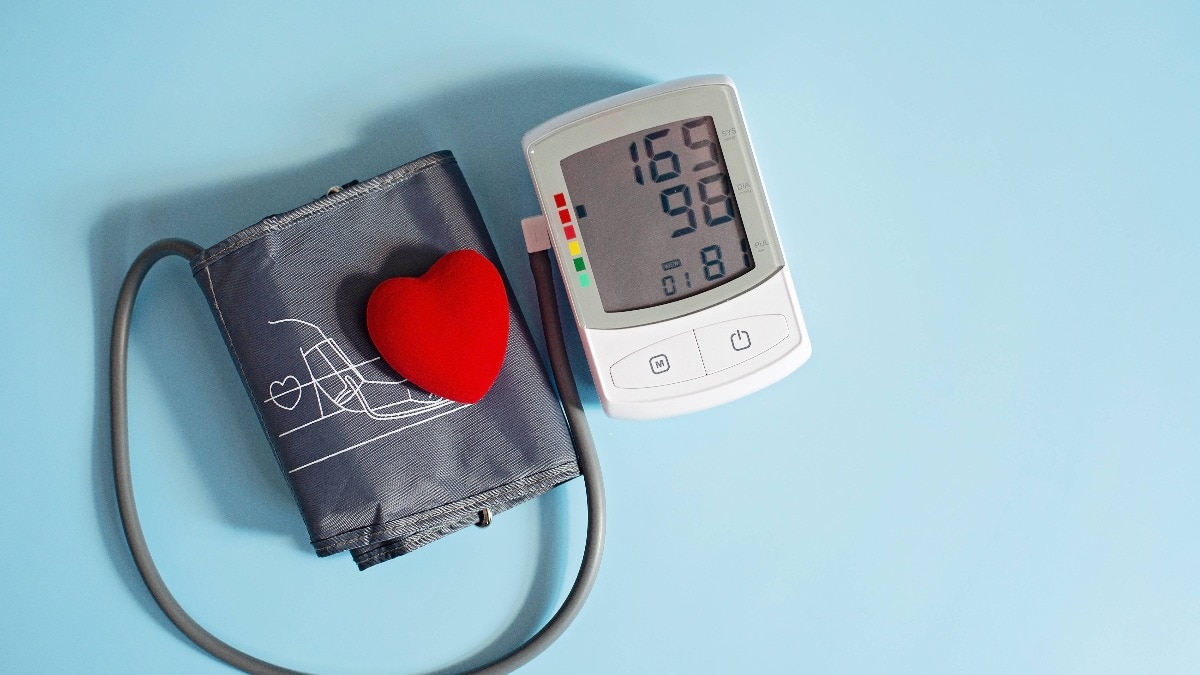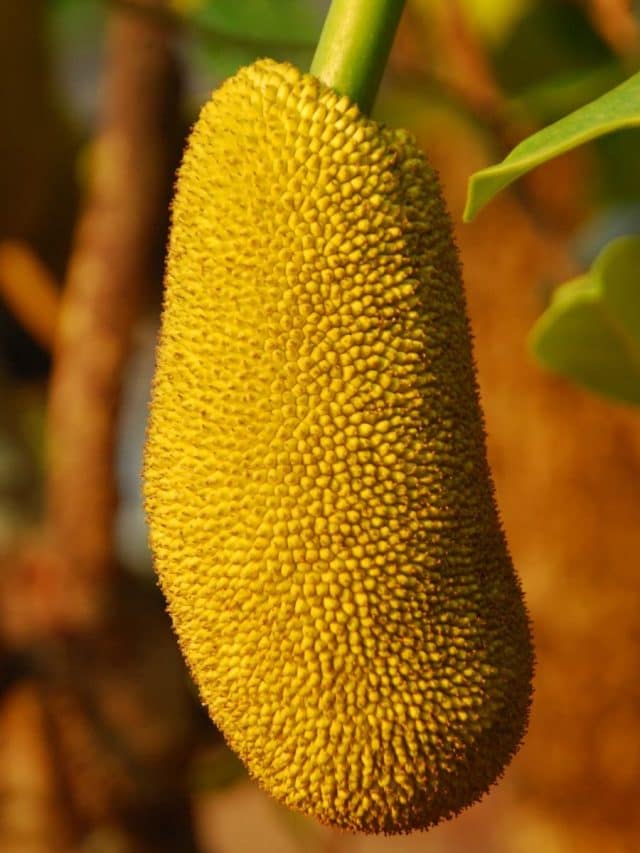Matcha Mania: Could Your Favourite Green Tea Be Blocking Iron Absorption?
:max_bytes(150000):strip_icc():focal(1001x642:1003x644)/Cup-of-maccha-latte-with-flower-shape-latte-art-032825-d14e7be91a914d1589a23cc5d5b5a661.jpg)
Matcha, unlike regular green tea, involves consuming the entire tea leaf, ground into a fine powder. This means you're getting a much higher concentration of nutrients – including catechins, powerful antioxidants. However, these catechins, particularly epigallocatechin gallate (EGCG), can bind to non-heme iron (the type of iron found in plant-based foods and supplements), inhibiting its absorption in the gut. This is a particular concern for individuals who are already at risk of iron deficiency, such as vegetarians, vegans, women of childbearing age, and those with certain medical conditions.
While matcha is generally safe for most people, understanding your individual risk factors is key. If you regularly consume large amounts of matcha (think multiple cups daily) and primarily rely on plant-based iron sources, you might be more susceptible to iron deficiency. Symptoms of iron deficiency can include fatigue, weakness, shortness of breath, pale skin, and brittle nails. It's important to note that a single cup of matcha isn't likely to cause significant issues for most people with healthy iron levels.
The good news is, you don't have to ditch your matcha altogether! Here's how to minimise potential iron absorption issues:
- Time it Right: Avoid drinking matcha with or immediately after meals containing iron-rich foods. Wait at least an hour or two to allow for optimal iron absorption.
- Pair with Vitamin C: Vitamin C enhances non-heme iron absorption. Squeeze some lemon or lime juice into your matcha, or consume it alongside foods rich in Vitamin C like oranges, strawberries, or bell peppers.
- Consider Iron Supplements (if needed): If you’re concerned about your iron levels, talk to your doctor or a registered dietitian. They can assess your individual needs and recommend appropriate supplementation if necessary.
- Don’t Overdo It: Moderation is key. Limiting your matcha intake to one or two cups per day is generally considered safe for most people.
- Prioritise Iron-Rich Foods: Ensure you’re consuming plenty of iron-rich foods in your diet, such as lean meats, poultry, fish, beans, lentils, and fortified cereals.
Despite the potential iron absorption concerns, matcha remains a nutritional powerhouse. Its rich antioxidant content contributes to overall health and may help protect against chronic diseases. By being mindful of how and when you consume matcha, you can reap its benefits without jeopardising your iron levels. Always consult with a healthcare professional for personalized advice.




:max_bytes(150000):strip_icc()/GettyImages-1421235080-885de380e2f0468287e398ec20c62c24.jpg)

